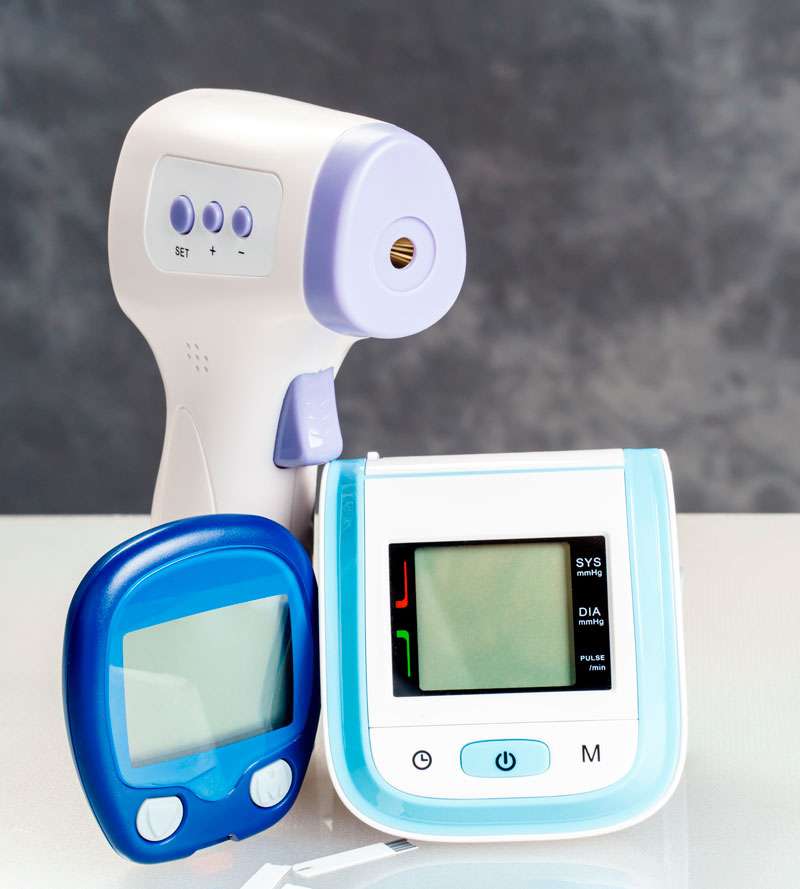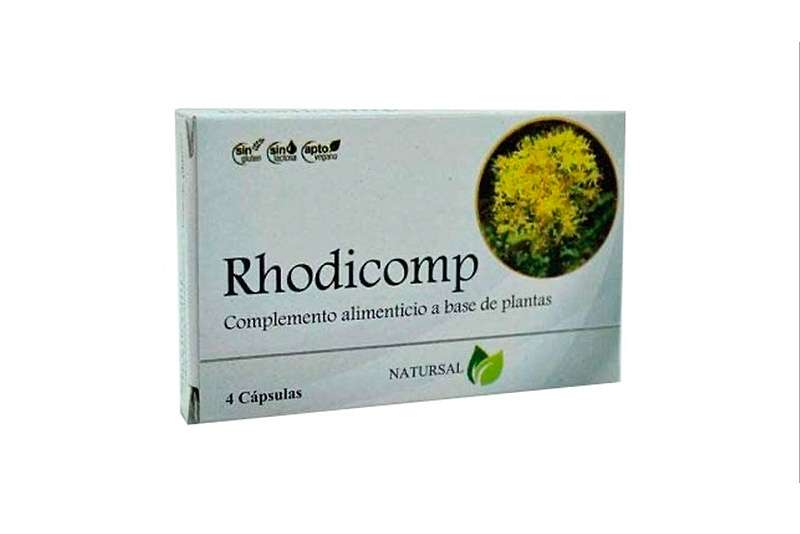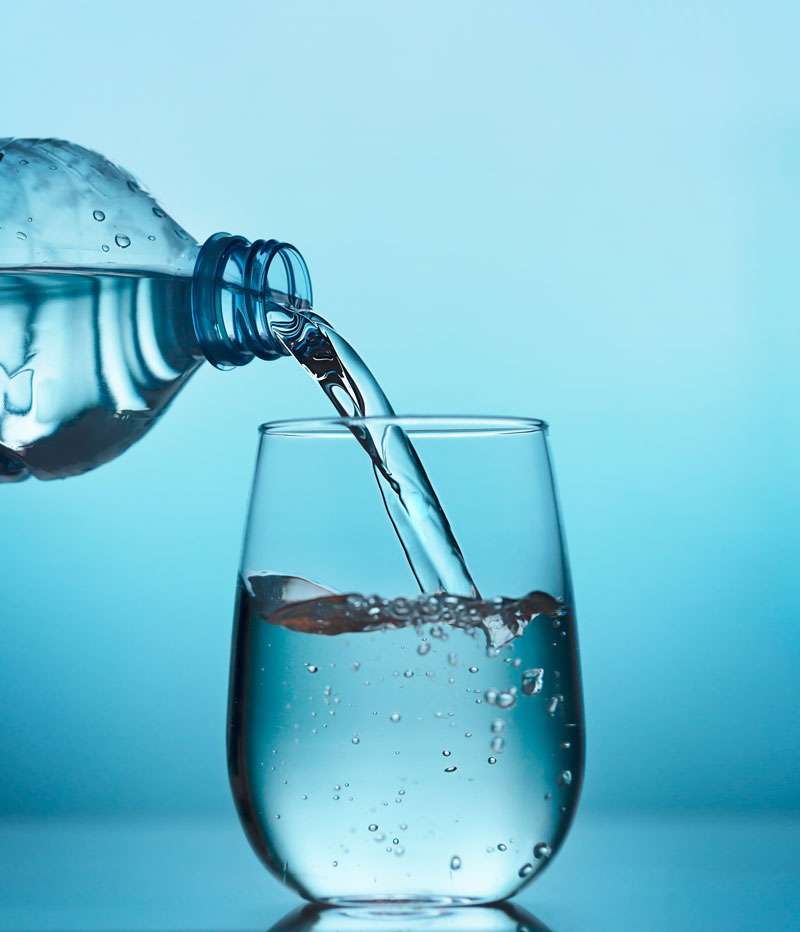Preservatives are one of the most essential ingredients in a cosmetic or personal care product: their primary role is to control the growth of microorganisms.
Microorganisms, preservatives and consumer safety are on top of everyone’s mind these days. And, consumers are constantly seeking information about the product preservation they use and their ingredients. Arming yourself with important and accurate data can be daunting. Should I opt for products that are free from preservatives, or just certain ones? Where should I go for information about product and ingredient safety? What do these ingredients really do?
Preservatives are one of the most essential ingredients in a cosmetic or personal care product: their primary role is to control the growth of microorganisms. By design, many cosmetic products are made of water, have a neutral pH, and contain ingredients that are substrates or food for microorganisms, thus creating the perfect environment for microorganisms to flourish and survive. Microbial contamination may be visible with mold growing on the surface of a skin cream, for example, or may not be noticeable to the naked eye. This is one reason why preservatives are so integral to the proper design of a product; they keep products safe for the foreseeable use of the cosmetic in the hands of the consumer. Simply put, preservatives ensure the quality and safety of a product for its shelf life. Without preservatives, the products consumers have come to know and love, like your shampoo, would have to be kept in the refrigerator and, even then, may only have a very short life span!
Products applied with sponges, applicators or brushes can also breed bacteria. Skin care creams, for instance, are subject to repeated finger dipping, which serves as a constant re-inoculation of bacteria into a product. If a product is not safely preserved, microorganisms can start growing. The importance of the safe and effective use of preservatives must not be underestimated.
Yet, in recent years, preservatives have come under fire from NGOs, the news media, and policymakers, causing confusion and unnecessary alarm. The focus of concern is still uncertain but a perceived desire to reduce the amount of chemicals in one’s product could be a factor. And, social media only complicates the issue. Consumers are repeatedly told they should look for cosmetics and personal care products that are “free from preservatives.” The truth is that companies carefully select and safely use ingredients that effectively keep microorganisms from multiplying and causing spoilage by using these preservatives.
In consultation with dermatologists, scientists, and safety and quality professionals, and based on years of scientific research and testing, preservatives are carefully considered when used in personal care products. Ingredients also undergo review by independent safety and regulatory committees in Europe and the U.S. – companies formulate to have safe products and only use preservatives at the lowest effective level.
Preservatives are a necessary ingredient and keep products safe for the duration of their shelf life. This is important and factual information to remember next time your neighbor or a friend asks you – “hey, what is the deal with preservatives and should I look for products that don’t contain them?”
Deidre Mitchell is former Microbial Committee Chair and Joyce Lam is Microbiology Program Manager at the Personal Care Products Council, a trade group representing the cosmetics and personal care products industries.








